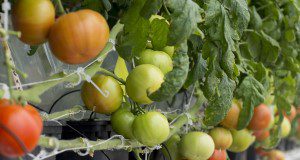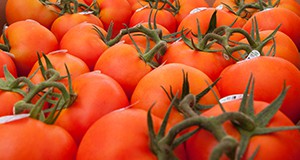Recently, new plant-breeding technology such as CRISPR gene editing has provided the potential to substantially improve crop breeding in agriculture. Considerable efforts have been devoted to apply this gene-editing technology in modern agriculture to increase crop yields and improve the quality of food ingredients, especially by many of the major agronomic seed-producing companies. In this new 4-page article, we outline the recent research updates and regulations on gene editing in crop improvement. Written by Sadikshya Sharma, Heqiang Huo, and Seonghee Lee and published by the UF/IFAS Horticultural Sciences Department.
https://edis.ifas.ufl.edu/hs1334
Tag: CRISPR
CRISPR Gene Editing in Strawberry
Because cultivated strawberries are genetically complex, conventional breeding of strawberry can be difficult. Therefore, gene editing can be useful when developing strawberry varieties. This 3-page document discusses CRISPR gene editing in strawberry. Written by Seonghee Lee, Cheolmin Yoo, Kevin Folta, and Vance M. Whitaker and published by the UF/IFAS Horticultural Sciences Department, February 2018.
http://edis.ifas.ufl.edu/hs1315
CRISPR: A Technical Breakthrough for Tomato Research
CRISPR is a contemporary biological technology that has attracted the interest of both the science community and the general public. This 4-page article discusses why tomato researchers are interested in CRISPR, what tomato traits have been targeted by CRISPR, and potential applications of CRISPR for tomato genetics and breeding. Written by Tong Geon Lee and published by the UF/IFAS Department of Horticultural Sciences, February 2018.
http://edis.ifas.ufl.edu/hs1314


